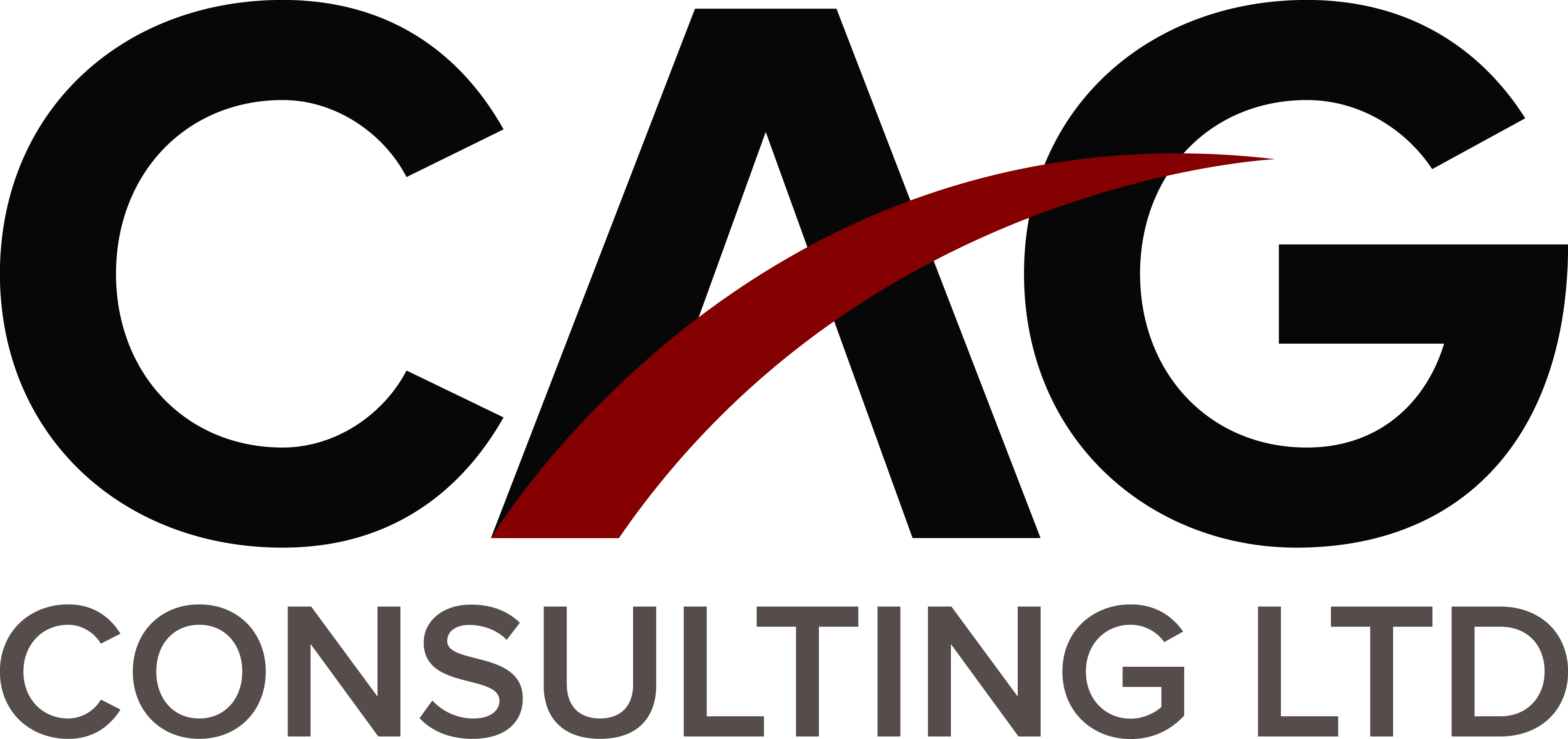1) Be Responsive, Build Trust
Respond promptly to emails, calls, and messages to show your dedication and professionalism. Acknowledge inquiries and set realistic expectations for response times. This responsiveness helps build trust and assures your customers and partners that their needs are a priority.
2) Listen Actively, Understand Better
Demonstrate active listening skills by paying attention to their needs, feedback, and concerns. Actively listening allows you to understand their perspective better, fostering a deeper connection. By acknowledging and addressing their concerns, you show that their voice is valued.
3) Personalize Communication, Show You Care
Tailor your communication to meet each customer’s or partner’s specific needs and preferences. Avoid generic responses and make an effort to understand their unique requirements. Personalized communication shows that you care about their individual concerns and challenges.
4) Clear and Transparent Communication
Communicate clearly and transparently, avoiding jargon or complex language. Use simple and concise language to ensure that your message is easily understood. Clear communication helps eliminate misunderstandings and fosters stronger relationships.
5) Finding the Right Frequency
The frequency of communication depends on the nature of the relationship and specific context. Regular updates and check-ins play a vital role in maintaining connections, but over-communication can become intrusive. Balance is key to maintain a healthy level of engagement.
6) Scheduled Meetings, Foster Collaboration
Arrange regular meetings or calls to discuss progress, challenges, and opportunities. These scheduled interactions can occur weekly, bi-weekly, or monthly, based on project urgency and complexity. Regular communication fosters collaboration and ensures everyone is aligned.
7) Quarterly Reviews, Evaluate Performance
Conduct quarterly reviews to assess the partnership’s performance, discuss areas for improvement, and celebrate successes. These reviews provide an opportunity to reflect on the progress made and address any concerns or obstacles.
8) Discuss Goals and Expectations, Align Together
Clearly communicate your goals and expectations and ensure you understand the other party’s objectives. Aligning goals and expectations establishes a shared understanding, promoting collaboration and synergy. This alignment helps lay the foundation for a successful partnership.
9) Address Issues Promptly, Find Solutions
If any issues or concerns arise, address them promptly and professionally. Actively seek solutions by working collaboratively. By handling issues promptly, you demonstrate your commitment to resolving problems and ensuring the smooth progress of projects or partnerships.
10) Share Updates and News, Stay Connected
Keep customers and partners informed about essential company updates, product launches, or any changes that may impact them. Regularly sharing relevant information helps them stay connected and engaged, fostering a sense of inclusivity.
11) Feedback Mechanism, Encourage Participation
Establish an easy-to-use feedback mechanism that encourages customers and partners to share their thoughts and suggestions. This mechanism should be readily accessible and ensure their feedback is valued and considered. An active feedback loop strengthens relationships and helps identify areas for improvement.
12) Celebrate Achievements, Foster Motivation
Celebrate achievements and milestones together, recognizing the successes of your customers and partners. By acknowledging accomplishments, you foster a positive and motivating environment. This recognition shows appreciation for their efforts and encourages future collaboration.
13) Provide Value, Share Insights
Always strive to provide value in your communication. Share relevant insights, industry trends, or resources that could benefit your customers and partners. By providing valuable information, you position yourself as a trusted source and strengthen your relationship.
14) Appreciation and Gratitude, Foster Appreciation
Express appreciation and gratitude for your customers’ business and the partnerships you have formed. A simple thank you can go a long way in building strong relationships. Showing gratitude demonstrates your acknowledgment of their contributions and reinforces their importance to your success.
Remember, communication is a two-way street. Encourage open expression of thoughts and concerns from your customers and partners, and be receptive to their feedback. By maintaining a healthy dialogue and fostering trust, you can build long-lasting, mutually beneficial relationships.

